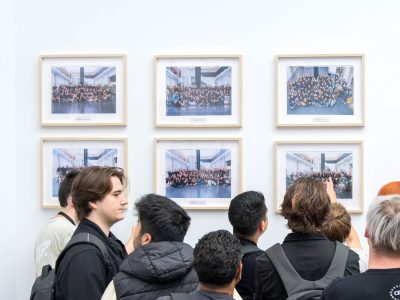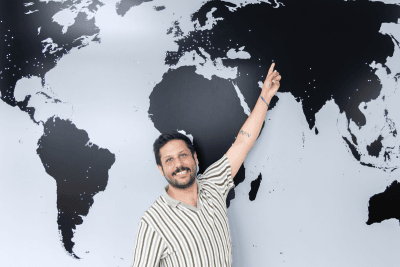Artificial Intelligence (AI) has become one of today’s most disruptive technologies, and its impact extends to many areas of society, including gastronomy. In recent years, restaurants around the world, from fine dining establishments to fast food chains, have started to use AI.
As this technology develops, one of the questions that arise is how will AI influence the world of gastronomy, and what opportunities and challenges will it pose for restaurants?
What is Artificial Intelligence and how does it work?
AI is a set of algorithms and techniques that allow machines to learn and make decisions autonomously, based on the information they receive. This is possible thanks to the data processing and analysis capacity of modern computer systems, which allows them to identify patterns and trends in large amounts of data, then use this data to make predictions and decisions.
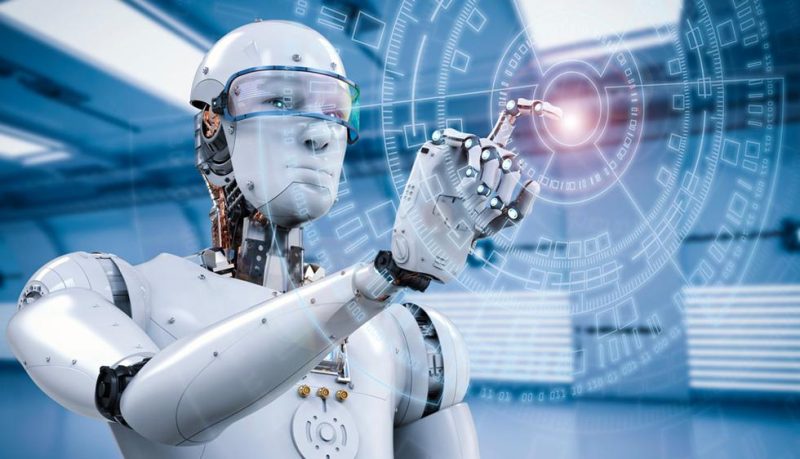
Since when does AI exist?
The history of AI began in the 1950s with Alan Turing, who asked, “Can machines think?” In 1956, John McCarthy coined the term “artificial intelligence,” and since then, AI has evolved immensely. The early years focused on programs that could perform specific tasks, such as playing chess. The 1970s saw the development of expert systems, although limitations in computational power led to a period of stagnation known as the “first AI winter.”
The 1990s marked a revival, thanks to advances in machine learning algorithms and neural networks. Projects like IBM’s Deep Blue demonstrated the potential of AI. The last decade has witnessed explosive growth in AI, driven by the availability of large amounts of data and improvements in computing power. Deep learning has facilitated notable achievements in fields such as speech recognition and computer vision.
Today, AI is used in multiple areas, from personalized medicine to autonomous vehicles. In medicine, for example, it is used to enhance diagnoses and treatments, with systems capable of identifying patterns in medical images with accuracy comparable to or surpassing human radiologists. Furthermore, AI has begun to venture into the realm of creativity, assisting in the creation of music, art, and literature.
In the financial sector, AI is transforming areas such as fraud detection and algorithmic trading, with algorithms capable of analyzing massive volumes of transactions in real-time.
AI in gastronomy
In gastronomy, the application of AI can have different objectives and uses. One of the most common uses is process optimization, such as inventory management, menu planning, and reservation management. AI can also be used to improve the customer experience, by personalizing dish and beverage recommendations or by providing more efficient and faster service.
In the field of haute cuisine, some chefs have started to use AI as a creative tool, to generate new ideas and flavor combinations. For example, Spanish chef Andoni Luis Aduriz, of the restaurant Mugaritz, has developed an AI program called “Molecular Gastronomy”, which uses machine learning algorithms to generate new combinations of flavors and textures.
In fast food restaurants, AI has been used to automate processes and improve efficiency. For example, some fast food chains have implemented self-service kiosks that use AI to customize menu recommendations and suggest side dishes and drinks based on customer preferences.
Another use of AI in restaurants is supply chain management and food traceability. AI can be used to track food from its origin to the customer’s plate, ensuring food quality and safety, and reducing food waste.

Challenges of AI in gastronomy
As the application of AI in gastronomy develops, there are both opportunities and challenges. One of the main challenges is the complexity and variability of gastronomy, which requires a large amount of data and expertise for analysis and application. In addition, the application of AI in gastronomy raises ethical and social questions, such as the potential loss of jobs in the restaurant industry and a reliance on technology to make important decisions.
However, there are also significant opportunities presented by the application of AI in gastronomy. AI can help improve food quality and safety and reduce waste.
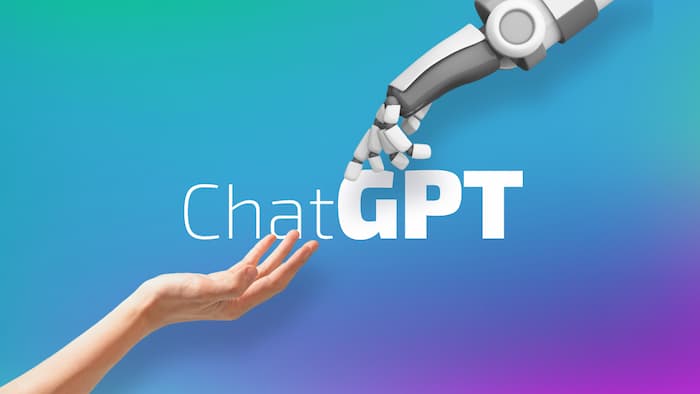
How do we apply AI at the CIB?
As part of the main pillars of the Culinary Institute of Barcelona, our obsession with keeping our eyes fixed on the future makes us want to explore these tools and teach CIBers to be inspired and innovate, so that tomorrow they will know how to make the most of them and be able to adapt to the new changing environments that this revolution is preparing for us. That is why we try to integrate this approach within some sessions of the program.
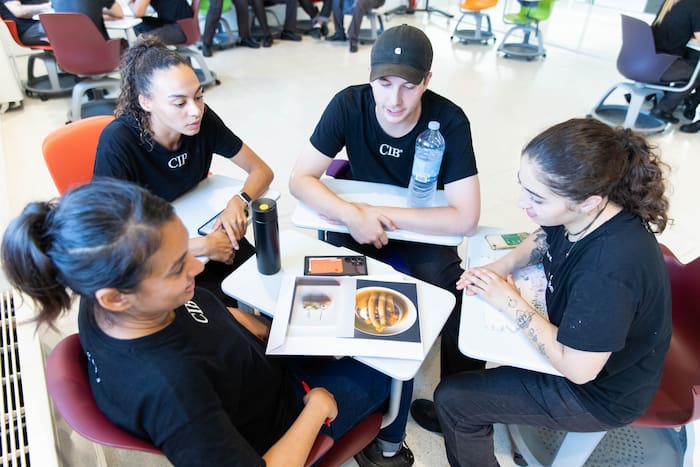
The students of the PCAC · Haute Cuisine Chef Diploma had the challenge of contextualizing images generated with artificial intelligence, which represented gastronomic dishes created from a textual description (with ChatGPT and the MidJourney application). And with these images, the CIBers had to develop the real representation of those same dishes.
The adoption of AI tools may require changes in workflows and the way tasks are performed. As future professionals and industry leaders, CIBers need to develop their flexibility to be ready to adapt to possible new ways of working.
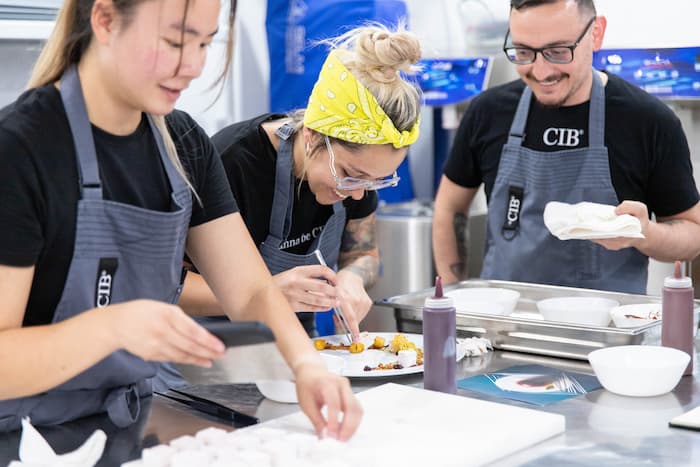
The visual aspect, the composition, the choice of ingredients, the mix of flavors…. All this ends up building the final product. And, in this exercise, Artificial Intelligence helps us to speed up the ideation process.
However, while AI can automate many routine tasks, creative skills and critical thinking will remain invaluable to CIBers in solving complex problems, devising new solutions and exploring innovative opportunities.
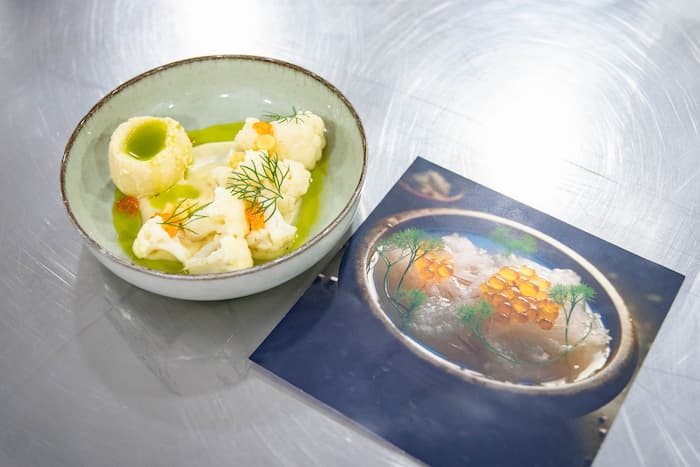
Have you enjoyed this post? Well, the author is none other than our beloved friend ChatGPT, an artificial intelligence platform that is trained to answer questions accurately and coherently, which will be accompanying us with information and data at the forefront of gastronomy.





